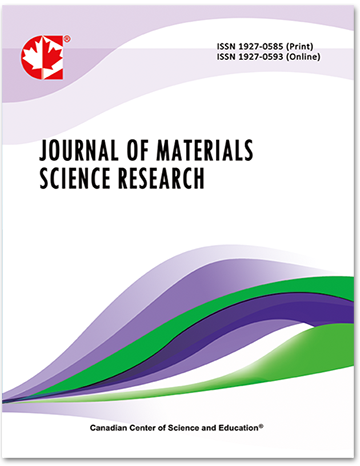The Influence of Oxidizing Agent in the Chemical Deposition of Polypyrrole on Lead Alloy Surface
- Inês Moreira Vilanova Pinheiro
- Liu Yao Cho
Abstract
Polypyrrole (PPy) layers were deposited on lead metallic surface using hydrogen peroxide or benzoyl peroxide as oxidizing agent associated with different types of dopants: phosphoric acid, stearic acid and dodecylbenzene sulfonic acid. Lead alloy was chosen because of its importance in energy industrial application and also because its primary source of extraction is running out, there is an increasingly urgent need to extend its life cycle. For the in situ chemical deposition of PPy, it was considered the combination of only one oxidizing agent and one dopant, being the experiment performed with the combination of these reagents. The morphology and corrosion protection effectiveness of the PPy layer was studied by Scanning Electron Microscope (SEM), Open Circuit Potential (OCP) and Potentiodynamic Polarization. The experimental results demonstrate that PPy layer was effectively formed as a coating layer and Hydrogen Peroxide performed better and consistent protection efficiency when compared to Benzoyl Peroxide.
- Full Text:
 PDF
PDF
- DOI:10.5539/jmsr.v9n1p1
Journal Metrics
Impact Factor 2022 (by WJCI): 0.583
Google-based Impact Factor (2021): 0.52
h-index (December 2021): 22
i10-index (December 2021): 74
h5-index (December 2021): N/A
h5-median (December 2021): N/A
Index
- CAS (American Chemical Society)
- CNKI Scholar
- Elektronische Zeitschriftenbibliothek (EZB)
- EuroPub Database
- Excellence in Research for Australia (ERA)
- Google Scholar
- Infotrieve
- JournalTOCs
- LOCKSS
- NewJour
- PKP Open Archives Harvester
- Qualis/CAPES
- SHERPA/RoMEO
- Standard Periodical Directory
- Universe Digital Library
- WJCI Report
- WorldCat
Contact
- John MartinEditorial Assistant
- jmsr@ccsenet.org
